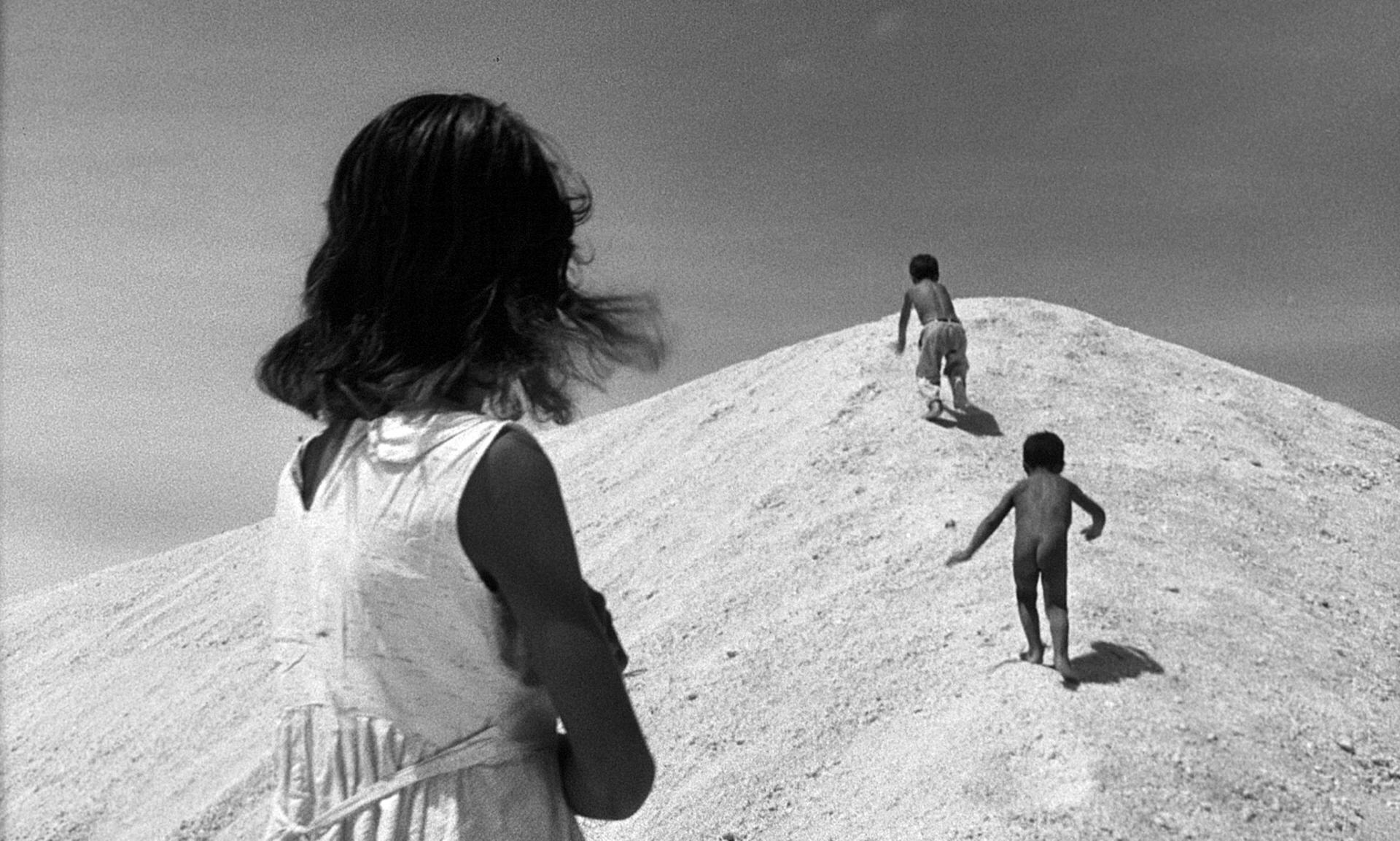Araya

Margot Benacerraf's brilliant film Araya is a landmark in cinema history, hailed as a masterpiece of poetic cinema and a forerunner of feminist Latina cinema, now painstakingly restored by Milestone Films.
The peninsula of Araya in northeastern Venezuela, is one of the most arid places on earth. For five hundred years, since its discovery by the Spanish, the region’s salt has been exploited manually. A 17th-century fortress built to protect against pirate raids stands as a reminder of the days when salt was worth almost as much as gold and great fortunes were made. Benacerraf captures the life of the salineros and their back-breaking work in breathtaking images. The Peredas family works at night in the salt marshes, the Ortiz are fishermen and the Salaz collect salt. The three stories underline the harsh life of this region — all of which vanished with the arrival of industrial exploitation.
Araya was originally compared to Robert Flaherty’s Man of Aran, Luchino Visconti’s La Terra Trema (1947) and Roberto Rossellini’s India (1957). Margot Benacerraf has described the film as “a cinematic narration based on script writing rather than a spontaneous action, a feature documentary, the opposite of Italian neorealism.” A film of such lasting beauty that director Jean Renoir told Benacerraf after seeing the film: “Above all … don’t cut a single image!”
The screening will be introduced by Cecelia Lawless, Senior Lecturer of Spanish Language and Literature and Director of the Summer in Madrid Program.
Araya screens as part of "Cine Con Cultura" and our "Restorations & Rediscoveries" series. Courtesy of Milestone Films and Kino Lorber.
